Government Incentives and Policies
Government incentives and policies play a crucial role in shaping the Smart Solar Power Market. Many countries have implemented favorable regulations and financial incentives to promote solar energy adoption. For instance, tax credits, rebates, and feed-in tariffs have been introduced to encourage both residential and commercial installations of solar systems. In 2023, it was reported that countries with robust solar policies saw a 40% increase in solar installations compared to those without such incentives. These supportive measures not only lower the initial investment barrier for consumers but also stimulate market growth by creating a conducive environment for solar technology advancements. As governments continue to prioritize renewable energy, the Smart Solar Power Market is likely to benefit from sustained policy support.
Rising Demand for Renewable Energy
The Smart Solar Power Market is experiencing a notable surge in demand for renewable energy sources. This trend is driven by increasing awareness of climate change and the need for sustainable energy solutions. According to recent data, renewable energy accounted for approximately 29% of the total energy consumption in 2023, with solar power being a significant contributor. As governments and organizations commit to reducing carbon emissions, the Smart Solar Power Market is poised for growth. The transition from fossil fuels to renewable sources is not merely a trend but a necessity, as energy security and environmental sustainability become paramount. This shift is likely to propel investments in solar technologies, thereby enhancing the market's potential and fostering innovation in solar energy solutions.
Growing Awareness of Energy Independence
The Smart Solar Power Market is benefiting from a growing awareness of energy independence among consumers and businesses. As energy prices fluctuate and geopolitical tensions rise, the desire for self-sufficiency in energy production becomes more pronounced. Many individuals and organizations are recognizing the potential of solar energy to provide a reliable and cost-effective alternative to traditional energy sources. In 2023, surveys indicated that over 60% of consumers expressed interest in adopting solar solutions to reduce their reliance on grid electricity. This shift towards energy independence not only empowers consumers but also drives demand for solar installations, thereby propelling the Smart Solar Power Market forward. The potential for energy autonomy is likely to encourage further investments in solar technologies.
Technological Advancements in Solar Solutions
Technological advancements are significantly influencing the Smart Solar Power Market. Innovations in solar panel efficiency, energy storage systems, and smart grid technologies are enhancing the overall performance and reliability of solar energy systems. For example, the introduction of bifacial solar panels has improved energy capture, while advancements in battery storage technology have addressed the intermittency issues associated with solar power. In 2023, the efficiency of solar panels reached an average of 22%, a notable increase from previous years. These technological improvements not only make solar energy more accessible but also more appealing to consumers and businesses alike. As technology continues to evolve, the Smart Solar Power Market is expected to witness increased adoption rates and a broader range of applications.
Increasing Corporate Sustainability Initiatives
The Smart Solar Power Market is witnessing a rise in corporate sustainability initiatives as businesses strive to enhance their environmental credentials. Many companies are setting ambitious targets to reduce their carbon footprints and transition to renewable energy sources. In 2023, it was reported that over 70% of Fortune 500 companies had adopted renewable energy commitments, with a significant portion opting for solar energy solutions. This trend is not only driven by regulatory pressures but also by consumer expectations for corporate responsibility. As businesses increasingly recognize the benefits of solar energy, including cost savings and improved public perception, the Smart Solar Power Market is likely to see a surge in demand from the corporate sector. This growing focus on sustainability is expected to further accelerate market growth.


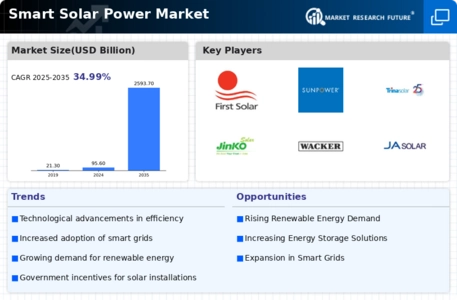
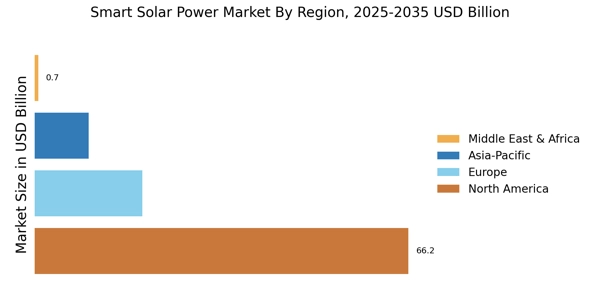

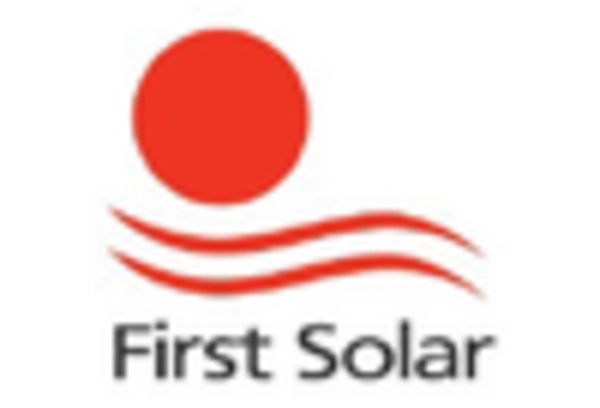
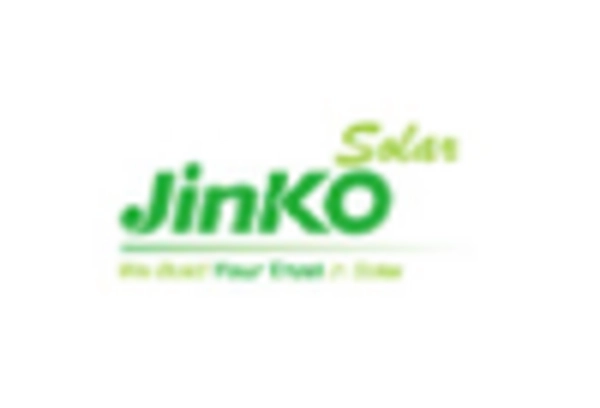
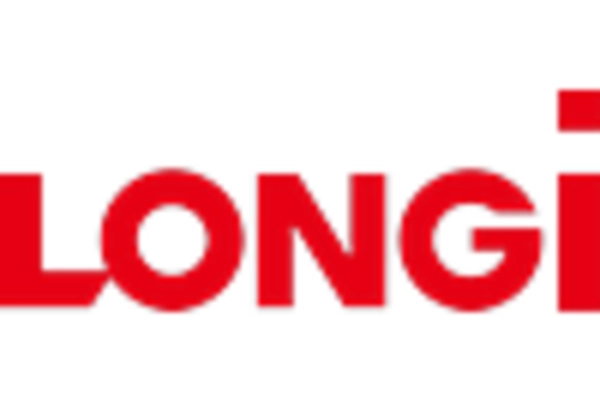

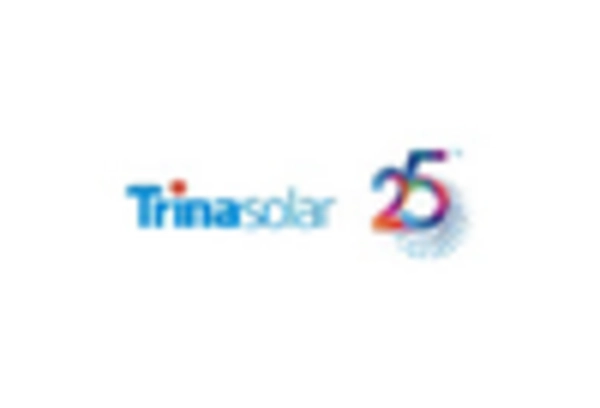








Leave a Comment